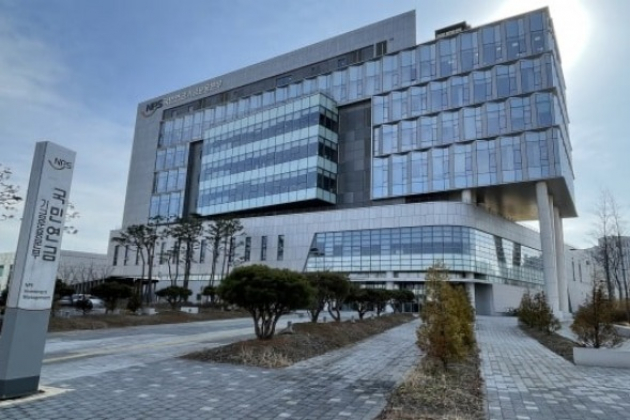Inflation casts shadow over S.Korea NPS' hedging strategies
Increasing alternative assets isn't easy under portfolio plans; inflation-protected treasury bonds make up 0.3% of NPS' local bonds
By Feb 28, 2023 (Gmt+09:00)
LG Chem to sell water filter business to Glenwood PE for $692 million


KT&G eyes overseas M&A after rejecting activist fund's offer


Mirae Asset to be named Korea Post’s core real estate fund operator


StockX in merger talks with Naver’s online reseller Kream


Meritz backs half of ex-manager’s $210 mn hedge fund



South Korea’s National Pension Service (NPS), with 920.4 trillion won ($694.6 billion) in assets as of November 2022, faces growing concerns over inflation as payments to beneficiaries are increasing faster this year.
Market watchers say that NPS, the world’s third-largest pension fund, needs to be better prepared by amending its benchmarks to reflect volatility and increasing exposure to inflation-hedging investments such as alternative assets.
The pension fund’s payments to beneficiaries will jump 5.1% in 2023 from 2022, even as they rose 2.5% last year from the previous year. Such an increase this year equals 1.7 trillion won ($1.3 billion), further burdening the pension fund that is expected to be depleted by 2055 under the current fund management system.
The public pension fund has been seen as slow to take significant countermeasures even though it feels that an inflation crisis is coming. Despite changes in the consumer price index (CPI) to the alternative asset benchmark; the other asset classes, public equity and bonds in Korea and overseas, use market indices instead of any inflation-linked ones.
NPS invests 850 billion won, or only 0.28% of its domestic bond values, in inflation-linked Korean government bonds as of end-September 2022. The low percentage is due to NPS’ in-house benchmark reflecting Korea's overall Treasury bond market, of which inflation-protected securities make up a very small percentage.
Compared with NPS, California Public Employees' Retirement System (CalPERS) manages more than 5% of its assets in US Treasury inflation-protected securities (TIPS).
Raising allocation for alternative assets isn't easy either. As stock and bond markets plunged last year, the value of the two asset classes dropped and the proportion of other assets in the overall portfolio sharply jumped. NPS' alternative asset portion in its entire portfolio reached 16.1% as of last end-November, exceeding the target of 13.8%.
The pension fund hasn’t discussed inflation hedging strategies yet, except for adjusting its benchmark for an infrastructure asset performance evaluation last December.
At the time, NPS changed its benchmark countries for overseas infrastructure performance assessment to G7 nations from Organisation for Economic Co-operation and Development (OECD) ones.
Write to Byeong-Hwa Ryu and Jun-Ho Cha at hwahwa@hankyung.com
Jihyun Kim edited this article.
-
 Pension fundsNPS lags global peers in 2013-2022 investment returns
Pension fundsNPS lags global peers in 2013-2022 investment returnsFeb 05, 2023 (Gmt+09:00)
3 Min read -
 Pension fundsKorea’s NPS to be in red in 2022 with 5.3% loss in Jan-Oct
Pension fundsKorea’s NPS to be in red in 2022 with 5.3% loss in Jan-OctJan 01, 2023 (Gmt+09:00)
2 Min read -
 Pension fundsNPS will intensify shareholder engagement, new CIO says
Pension fundsNPS will intensify shareholder engagement, new CIO saysDec 27, 2022 (Gmt+09:00)
2 Min read -
 Pension fundsNPS posts 7% investment loss in Q1-Q3 as equities, bonds plunge
Pension fundsNPS posts 7% investment loss in Q1-Q3 as equities, bonds plungeNov 29, 2022 (Gmt+09:00)
2 Min read


